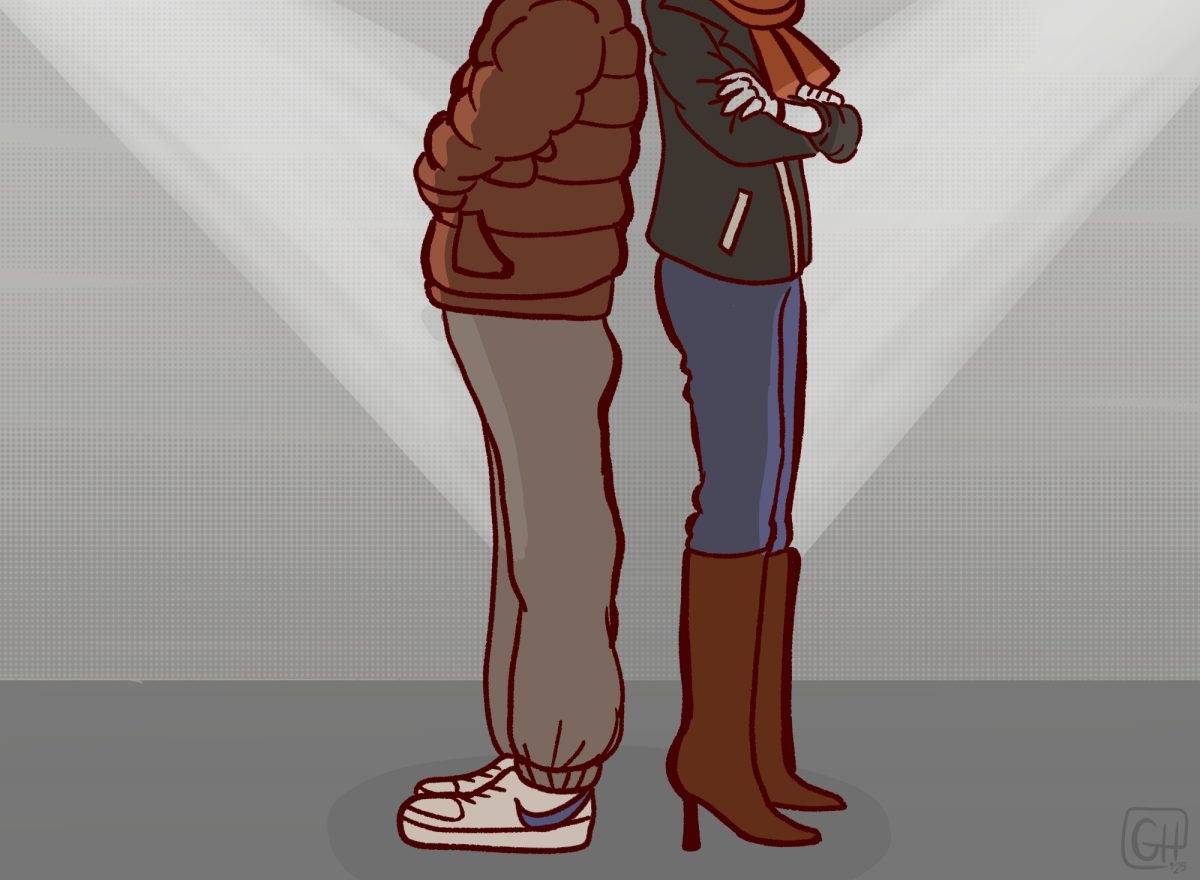In the last decade, technology has become unbearably present in our second-to-second lives. From the smartphone in your pocket to the laptop on your desk, you are constantly connected to the world around you. However, as Tobey Maguire portraying Spiderman, quoting Spiderman’s uncle once said, “With great power comes great responsibility.” While the general public has seamlessly integrated Candy Crush and Facebook into their everyday experiences, law enforcement and government entities have been a little slow on the uptake.
The Washington Post reported Monday that U.S. Supreme Court Justices Elena Kagan and Sonia Sotomayor made separate, but concurring, comments about the use of cameras in the courtroom. The Supreme Court has never allowed cameras to record oral arguments made before it, but Kagan and Sotomayor had previously commented that they would be open to changing this policy. Monday, they showed a bit more hesitancy, with Kagan saying that cameras might “upset the dynamic of the institution.”
Kagan is correct: introducing cameras into the courtroom will probably change the dynamic of the courtroom. But why does that have to be a bad thing? The Supreme Court is more than 220 years old, so it could probably use a little shake-up. Allowing the public to see what goes on in the highest court in the land should not be a privilege allowed to few, but a right for all.
Of the three branches of federal government, we know least about the court system. Everyone knows who the U.S. president is (I hope). Most have some idea of who represents them in U.S. Congress. Then you get to the judicial branch. Few people remember the one-day lesson in history class, and even fewer people take interest in it. Unlike those in Congress and the president, federal judges don’t have to run for election. There are no campaign slogans or yard signs. Because of this low visibility, they are basically anonymous to the public. This needs to change.
According to a September 2013 study by McLaughlin & Associates, almost 75 percent of those surveyed support broadcasting Supreme Court proceedings. It will allow American citizens to see how their federal court system operates and get a sense of how major decisions are made. Think about the major court cases of the last few decades: Brown v. Board of Education, Roe v. Wade, Citizens United v. Federal Election Committee and Burwell v. Hobby Lobby Stores, Inc. And these are just a few. The Supreme Court makes big decisions that have massive implications. It’s time to bring those proceedings into the 21st century.
I agree with Kagan and Sotomayor on one point. Bringing cameras into the courtroom might take the meaningful dialogue and turn it into a series of sound bites. This is definitely a potential problem. However, the risks do not outweigh the benefits. There will always be important, precedent-setting cases. It’s the nature of the Court. Don’t you want the chance to see how these decisions are made?
Also, it’s difficult to gauge how interested the public will be in these recorded sessions. C-SPAN broadcasts every second of every session of Congress and probably has some of the lowest ratings in the history of television. Just because we have access doesn’t mean everyone will be watching, but we should still have the option.
These videos can be important educational tools for future and current attorneys. Law students at Harvard University can sit in their crappy Cambridge apartments on Saturday nights, watching the Court dialogue. Attorneys preparing to argue in front of the Court will have the opportunity to learn from others’ experiences. They’ll have more information and a better chance of crafting a successful argument.
Yes, there is a chance of grandstanding, and yes, there is a chance that the valuable dynamic might have to change, but isn’t that well worth the risk? Technology has the opportunity to take the decisions of nine justices into homes across the nation. We have the chance to show the concrete components of a rather obscure judicial process. Most of us have no idea what goes on behind closed doors at the Supreme Court. For the most part, we don’t care either.
I don’t know how much grandstanding attorneys are going to do if no one is watching these videos, but we should still have the opportunity to tune in. The Supreme Court makes more life-altering decisions in one year than you and I will make in five decades.
Most people will continue to ignore the judicial process, but some of us would watch. And maybe not today or tomorrow or next year, but 10 years from now, when some kid happens upon an archived video from a court case she’s never heard of, the next Ruth Bader Ginsburg or Thurgood Marshall could be born. Putting cameras in the Supreme Court is an opportunity. Let’s not waste it.



















































































































